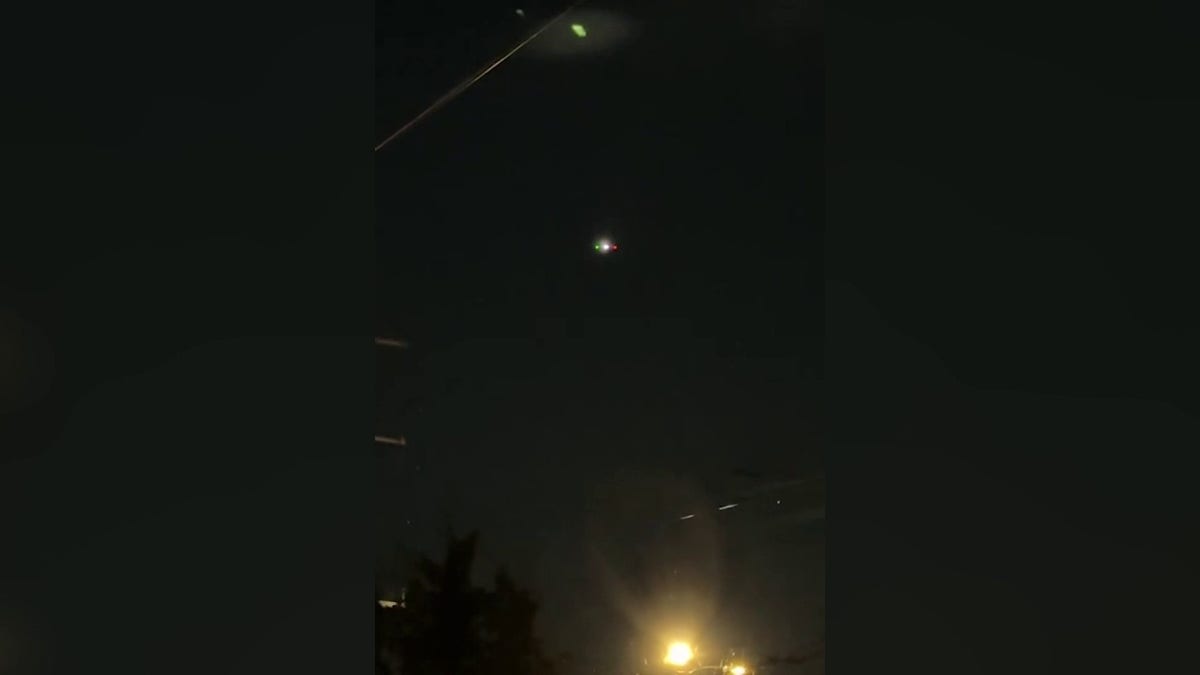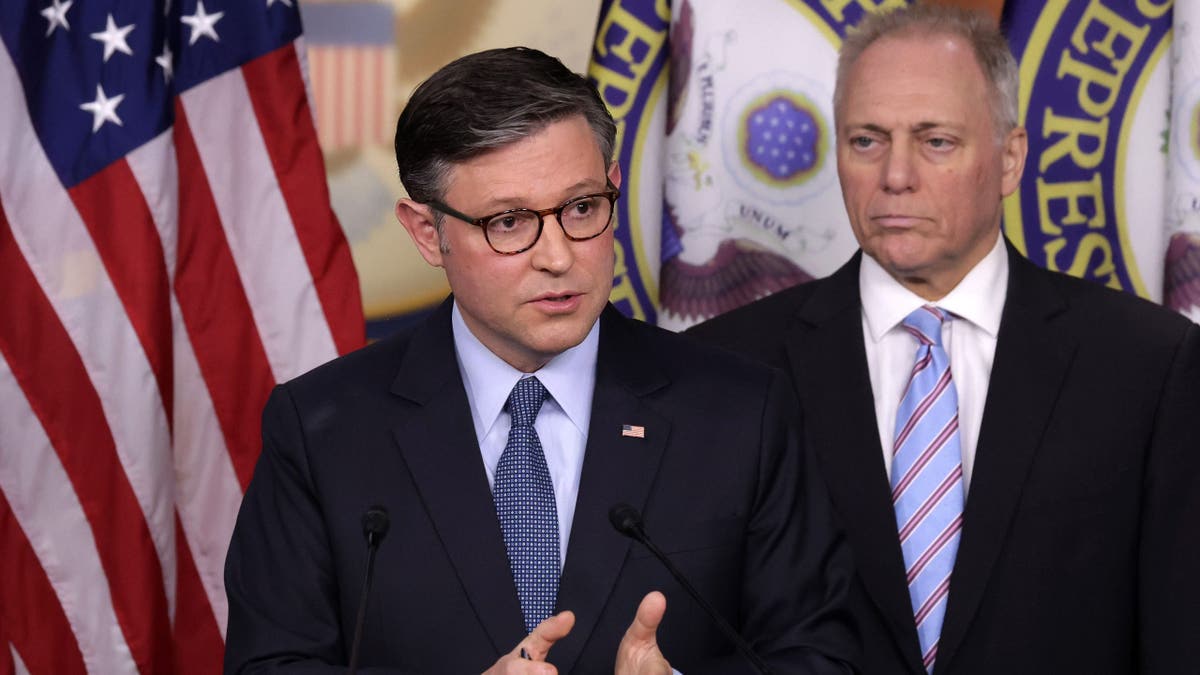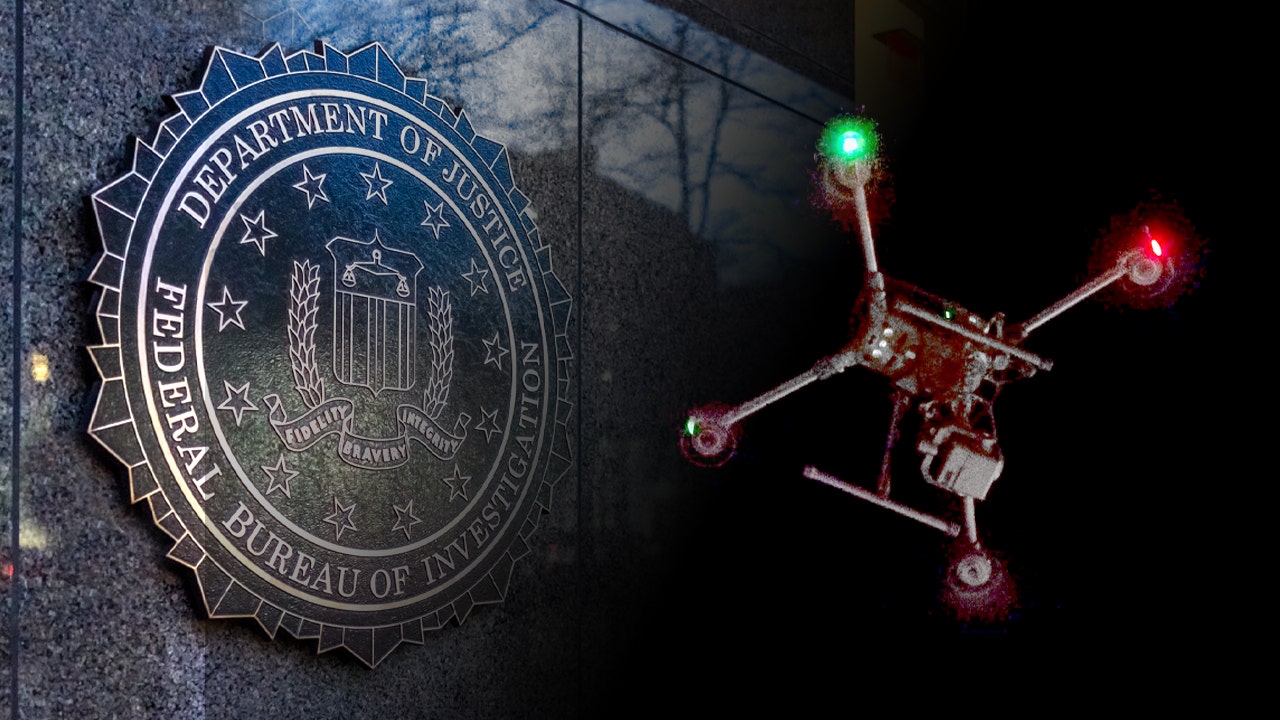Congress is set to pass legislation to avert a government shutdown that will reauthorize the government’s ability to intercept and track unauthorized drones and crack down on U.S. investment in China.
The 1,500+ page continuing resolution (CR), which will fund the government until March 14, includes a provision reauthorizing a Department of Homeland Security program allowing agencies to coordinate and counter threats from drones. That authority, passed in 2018, was set to expire Friday – at a time when concerns about drone incursions are at an all-time high.
However, it is a simple reauthorization of a program many drone experts say is outdated. Congress has not hashed out legislation that would grant the government greater detection capabilities and give state and local law enforcement authorities to deal with unauthorized drones.
“The security industry wants folks to know the technology is out there to identify and socially mitigate these drones,” Brett Fedderson, chair of the Security Industry Association’s Counter-UAS Working Group, told Fox News Digital.
“Congress is not enabling state and local law enforcement to actually do the work that is needed on the front lines, regardless of the fact that the FBI, DHS, DOJ have all come to Congress several times and said they cannot do the job effectively, that they need to be able to be supported by state and local law enforcement.”
PLANES, STARS AND HOBBYISTS: LAWMAKERS INSIST NOTHING ‘NEFARIOUS’ IS HAPPENING IN NJ SKIES
“We are worried that a drone catastrophe is going to be the motivation for them to sit down at the table and actually vote on something to push the authorities out.”
A drone phenomenon that started in New Jersey a month ago has since led to 6,000 tips being called in to the FBI. Umanned aerial systems (UAS) have since been reported flying near military bases like Picatinny Arsenal.
“The idea of drone detection needs to be reformed,” said Ryan Gury, CEO of military drone manufacturer PDW. “We need radar instead of listening to radio waves… an active approach where we have radar stations and camera stations set up like cell towers to detect things like drones.”
“There’s no stopping the power of small drones. We need to be ready. This is just a small glimpse into our future.”
Also included in the CR is a provision that was left out of the NDAA and would prevent the U.S. from investing in the development of military technologies.
The rule prohibits U.S. financing of some China-based ventures and requires Americans to notify the government of their involvement in others.

It restricts and monitors U.S. investments in artificial intelligence, computer chips and quantum computing, all of which have a dual use in the defense and commercial sectors.
NJ DRONE INCIDENTS SPUR GOVERNMENT PUSH FOR MORE COUNTER-DRONE POWERS AS CURRENT AUTHORITIES SET TO EXPIRE
The rule seeks to limit the access “countries of concern,” like China, including the Hong Kong and Macao regions, have to U.S. dollars to fund the development of high-level technologies like next-generation missile systems and fighter jets they could then use for their own military. It is set to take effect Jan. 2.
Lawmakers have criticized financial institutions for pouring billions of dollars from U.S. investors into Chinese stocks of companies the U.S. believes the CCP is using to build up China’s military.
The legislation codifies a recent Treasury Department rule restricting outbound investment in China and expands on it, including a requirement to investigate the national security risks posed by Chinese-made consumer routers and modems and implement reviews of Chinese real estate purchases near sensitive sites like military installations.

It would also require the U.S. Federal Communications Commission (FCC) to publish every company that holds an FCC license and is owned or partially owned by adversarial governments like China.
The CR, released Tuesday night, is a short-term extension of government funding at 2024 levels intended to give lawmakers more time to agree on funding for the rest of 2025. It is the second such extension since FY 2024 ended on Sept. 30.
It must pass the GOP-controlled House and Democrat-controlled Senate by Friday and hit President Biden’s desk by midnight that day to avoid a partial government shutdown. It is expected to pass both chambers, despite grumblings from both chambers, particularly among conservatives who want to cut costs in the 2025 budget.
Fox News’ Elizabeth Elkind contributed to this report.
Read the full article here


